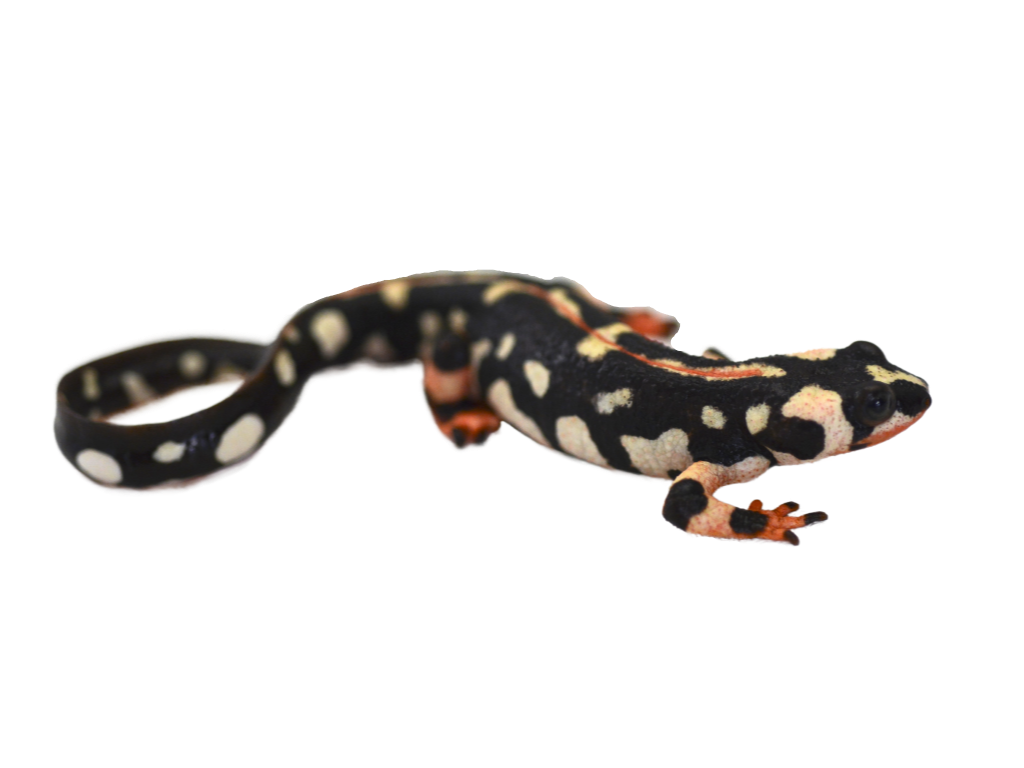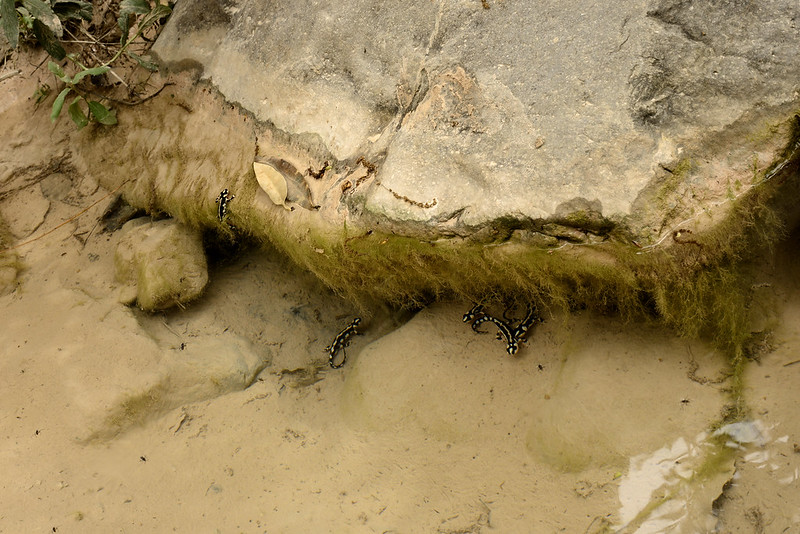Luristan newt
Neurergus kaiseri

Hibernates when conditions are dry
The Luristan newt lives in a small area in the western part of the Zagros Mountains in Iran. It lives in small, chilly streams, puddles and rapids. Previously, researchers thought that the newt was only found in a few places in the area, but in the 2010s it has been concluded that they are more widespread than previously thought. Despite this, the Luristan newt is threatened by both environmental changes and illegal collection for the pet trade.
The newt is dependent on keeping its skin moist, but in the mountains where the Luristan newt lives, it is often dry. During the dry season, the newt can go into a kind of hibernation, burrowing into the soil to keep its skin moist.

Photo: sebastian.voitel-CC-BY-NC-SA
Mating dance and sperm pack
When the Luristan newt mates, the female and the male perform a kind of dance ritual with each other. They wag their tails and rub themselves against each other. Then, the male places a small packet of sperm in front of the female. She stands over the package and picks it up with her cloaca. After mating, the female lays up to 60 eggs, which are then abandoned. When the newt larvae hatch, they are small fry with heads, tails and straggly gills. After about 3-4 months, the fry has undergone a change – metamorphosis – and developed legs, body and lungs.

Photo: Stephanie-Bret-CC-BY-SA
Distribution worldwide
Western Zagros Mountains, Iran.

Threat based on the Red List

Trade regulations
CITES: A-listed.